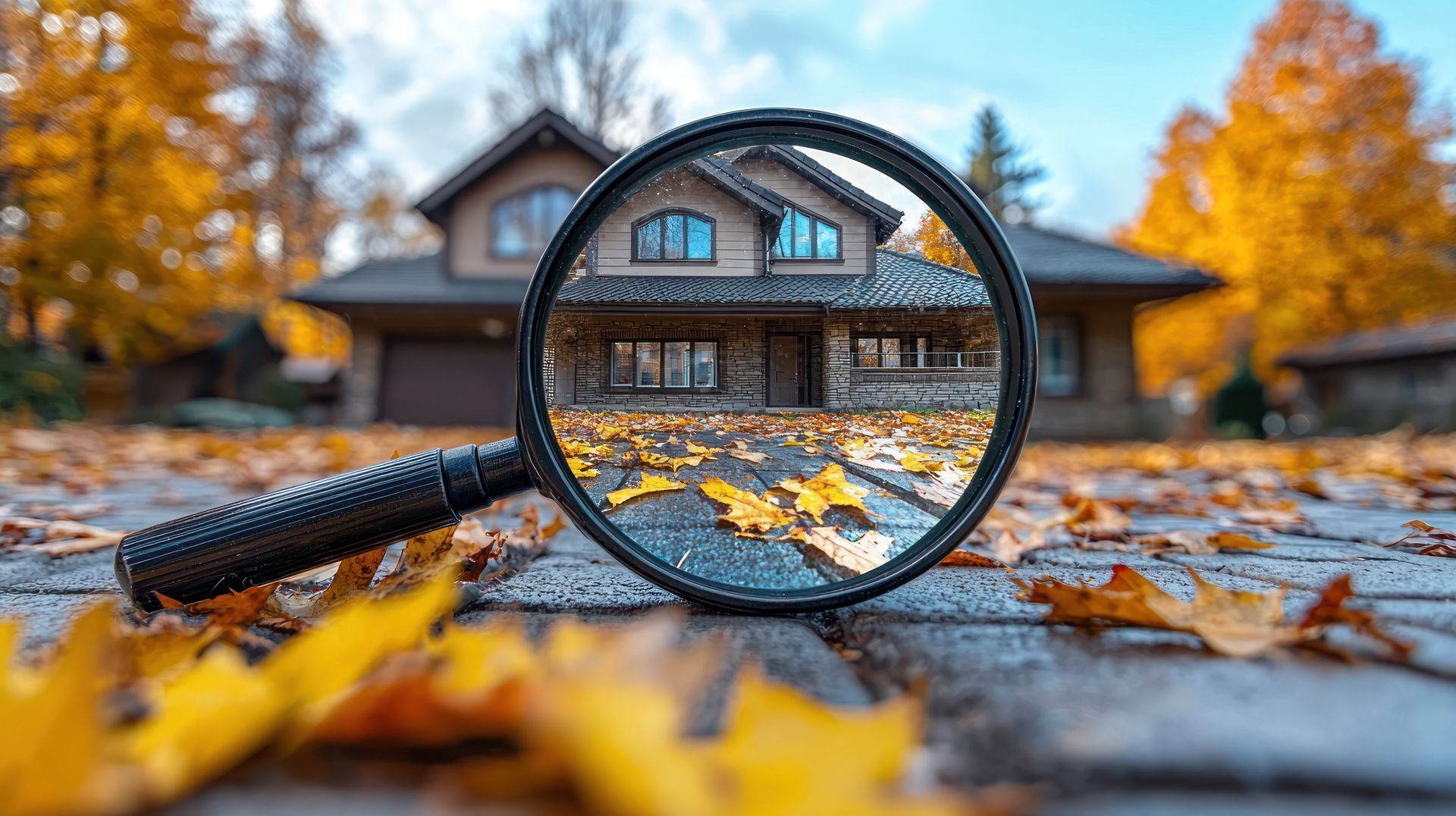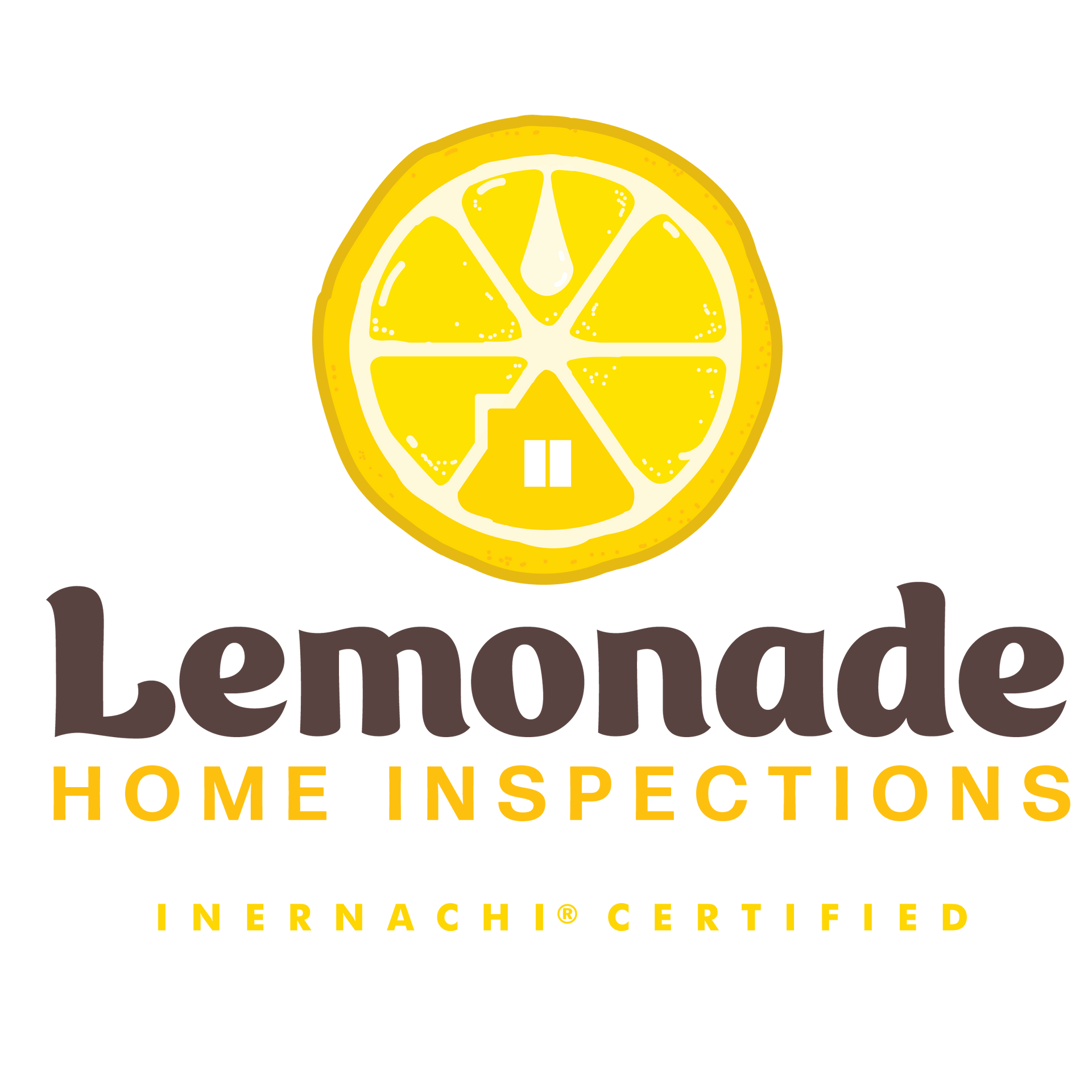Selling a home can be stressful, and the home inspection is a critical step that can influence the speed and success of your sale. Preparing your Ohio home for inspection can help ensure a smooth process, potentially speeding up the sale and reducing the risk of unexpected issues. This comprehensive checklist will help Ohio sellers get their homes in top shape for inspection, increasing the chances of a favorable report and a quick, successful sale.
Exterior Preparation
Roof and Gutters
- Check for and repair any missing or damaged shingles.
- Clean out gutters and downspouts to ensure proper drainage.
- Ensure flashing around chimneys and vents is secure.
Siding and Paint
- Repair any damaged or loose siding.
- Touch up any peeling or chipping paint, focusing on areas exposed to the elements.
Landscaping and Drainage
- Trim bushes, trees, and grass to keep them away from the house.
- Ensure that the soil slopes away from the foundation to prevent water pooling.
- Clear walkways and driveways of debris and overgrowth.
Windows and Doors
- Check that all windows open, close, and lock properly.
- Repair any broken or cracked window panes.
- Ensure doors latch properly and have secure weather stripping.
Interior Preparation
Basement and Foundation
- Check for and repair any cracks in the foundation or walls.
- Ensure the basement is dry and free of mold or mildew.
- Test sump pumps and ensure they are functioning properly.
Plumbing
- Fix any leaky faucets, pipes, or toilets.
- Ensure all drains are unclogged and flowing freely.
- Inspect the water heater for leaks and ensure it is functioning correctly.
Electrical System
- Replace any burnt-out light bulbs and ensure all light fixtures work.
- Test all outlets to ensure they are functioning properly.
- Check the electrical panel for proper labeling and ensure no loose wires.
HVAC System
- Replace air filters and clean vents.
- Ensure the heating and cooling systems are working properly.
- Schedule a professional service if it hasn’t been done recently.
Attic and Insulation
- Check for adequate insulation and ventilation in the attic.
- Look for signs of leaks or water damage.
- Ensure the attic access is clear and accessible.
General Interior Maintenance
- Patch and paint any walls with holes or significant blemishes.
- Secure loose handrails and fix any creaky or loose floorboards.
- Clean all windows, floors, and surfaces to present a well-maintained home.
Documentation and Access
Provide Access
- Ensure that all home areas are accessible, including the attic, basement, garage, and any outbuildings.
- Unlock any gates or doors that the inspector will need to access.
Organize Documentation
- Gather manuals and warranties for appliances and major systems.
- Compile receipts for any recent repairs or upgrades to show maintenance history.
Final Touches
Clean Thoroughly
- A clean home presents better and makes it easier for inspectors to do their job.
- Pay special attention to kitchens and bathrooms, as these are areas of high scrutiny.
Leave the Home
- Plan to be away from the home during the inspection to give the inspector the space to work and the buyers a chance to ask questions freely.
Conclusion
Preparing your Ohio home for inspection can significantly influence the speed and success of your sale. By following this comprehensive checklist, you can ensure that your home is in top condition, minimizing potential issues and making a positive impression on the inspector and potential buyers. A well-prepared home facilitates a smoother inspection process and demonstrates to buyers that the property has been well-maintained, increasing their confidence in making an offer.




